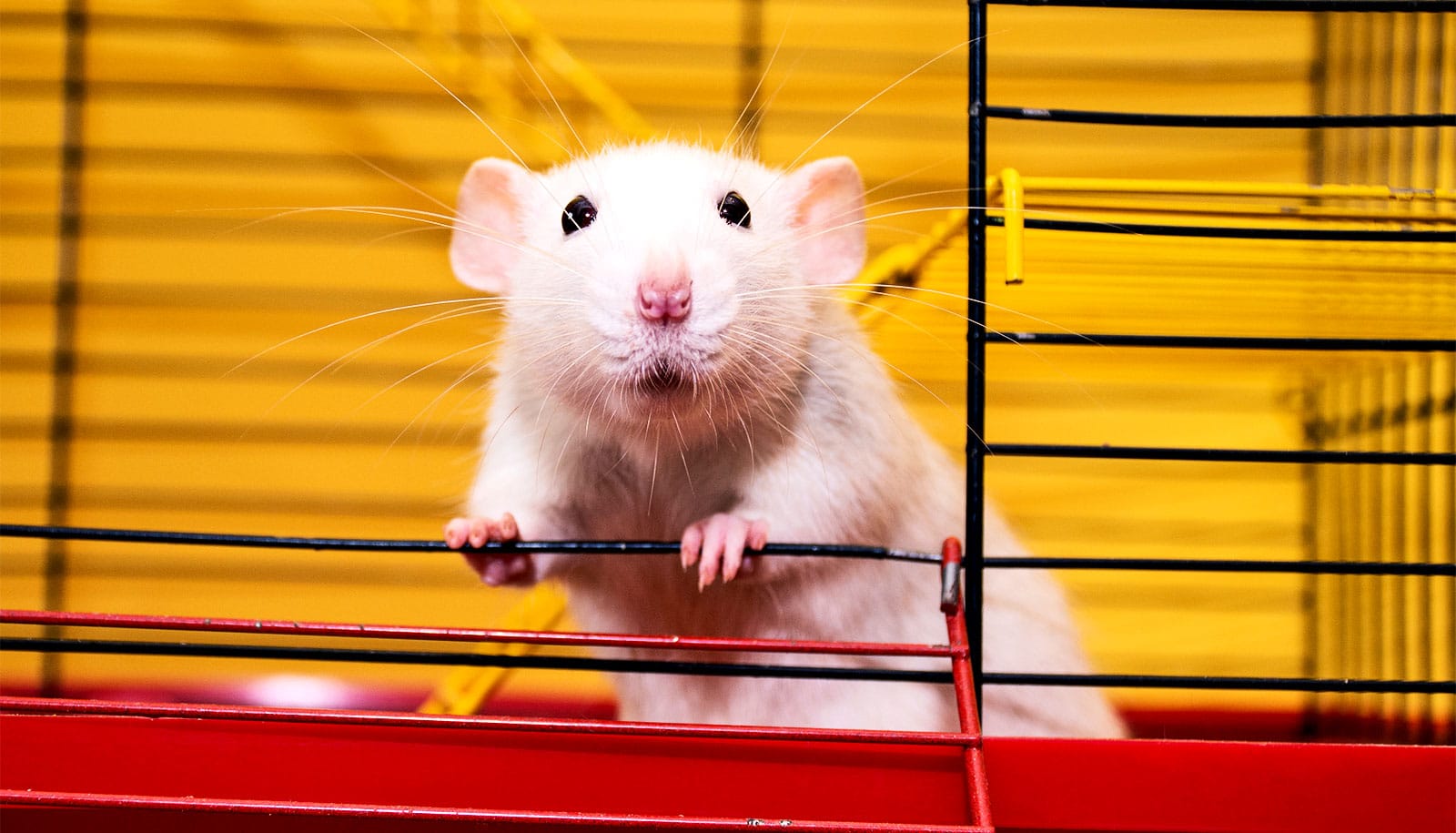A population of neurons in the brain’s frontal lobe contains stable short-term memory information despite dynamically-changing neural activity, researchers report.
This discovery may have consequences for understanding how organisms can perform multiple mental operations simultaneously, such as remembering, paying attention, and making a decision, using a brain of limited size.
In the human brain, the frontal lobe plays an important role in processing short-term memories. Short-term memory has a low capacity to retain information.
“It can usually only hold six to eight items. Think for example about our ability to remember a phone number for a few seconds—that uses short-term memory,” says Camilo Libedinsky, an assistant professor in psychology division at the National University of Singapore.
The researchers measured the activity of many neurons to study how the frontal lobe represents short-term memory information. Previous results from the researchers showed that if they presented a distraction during the memory maintenance period, it changed the code that memory-encoding frontal lobe neurons used.
“This was counterintuitive since the memory was stable but the code changed. In this study, we solved this riddle,” Libedinsky says. Employing tools derived from machine learning, the researchers found stable information within the changing neural population code.
This means that memory information can be read out from a population of neurons that morphs their code when a distractor is present.
This simple finding has broader implications, suggesting that a single neural population may contain multiple independent types of information that do not interfere with each other.
“This may be an important property of organisms that display cognitive flexibility,” Libedinsky explains.
The researchers are currently extending these studies to explore of how multiple brain regions interact with each other with the objective of transferring and processing different types of information. To do this, the researchers will measure biological networks and simulate artificial neural networks that emulate their function. The researchers are also exploring these processes in unhealthy brains, such as those with dementia.
The study appears in the journal Nature Communications.
Source: National University of Singapore



